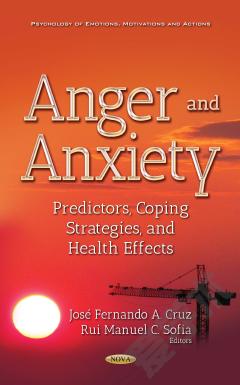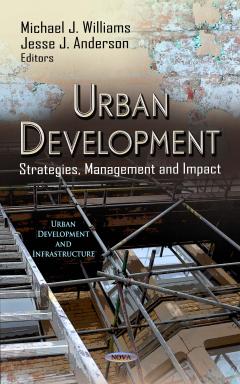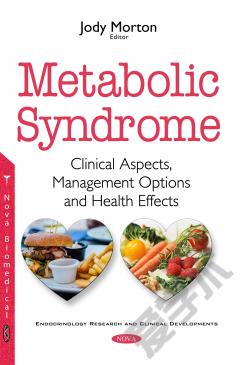Arsenic: Detection, Management Strategies and Health Effects
There are mainly two types of sources of environmental arsenic; the natural processes and the anthropogenic activities. Weathering of rocks, followed by leaching of metals, leads to the introduction of arsenic into soil and water. Two other important natural processes are the biological activity and the volcanic emissions. Humans are exposed to the toxic arsenic (As) species primarily from food and water (Figure 1). Arsenic is considered one of the most important toxic elements found in the environment. The International Agency for Research on Cancer (IARC) has listed As as a human carcinogen since 1980. The Working Group made the overall evaluation on ‘arsenic and inorganic arsenic compounds’, based on the combined results of epidemiological studies, carcinogenicity studies in experimental animals and data on the chemical characteristics, metabolism and modes of action of carcinogenicity. As a result of this evaluation, As and inorganic As compounds are considered carcinogenic to humans (Group 1), dimethylarsinic acid and monomethylarsonic acid as possibly carcinogenic to humans (Group 2B) and arsenobetaine and other organic arsenic compounds not metabolized in humans, are not classifiable as to their carcinogenicity to humans (Group 3). This book discusses several topics on arsenic which include arsenic intake and urine as a biomarker of exposure in two endemic arsenic areas in Chile; analytical detection of arsenic species in environmental and biological materials; inorganic arsenic; and the distribution and abundance of arsenic in soils and plants.
{{comment.content}}








 京公网安备 11010802027623号
京公网安备 11010802027623号